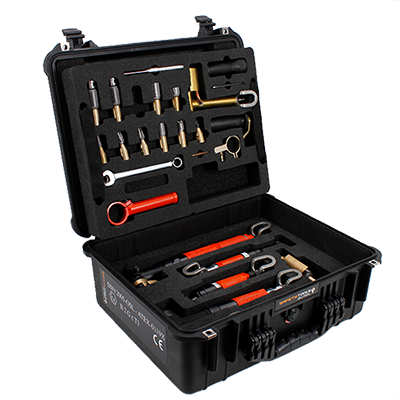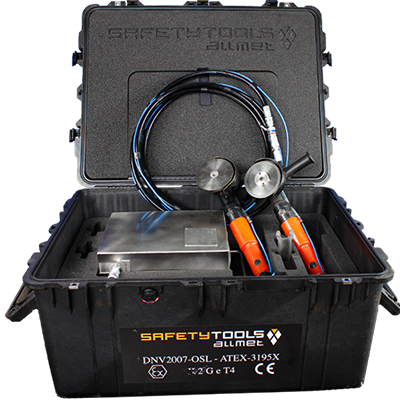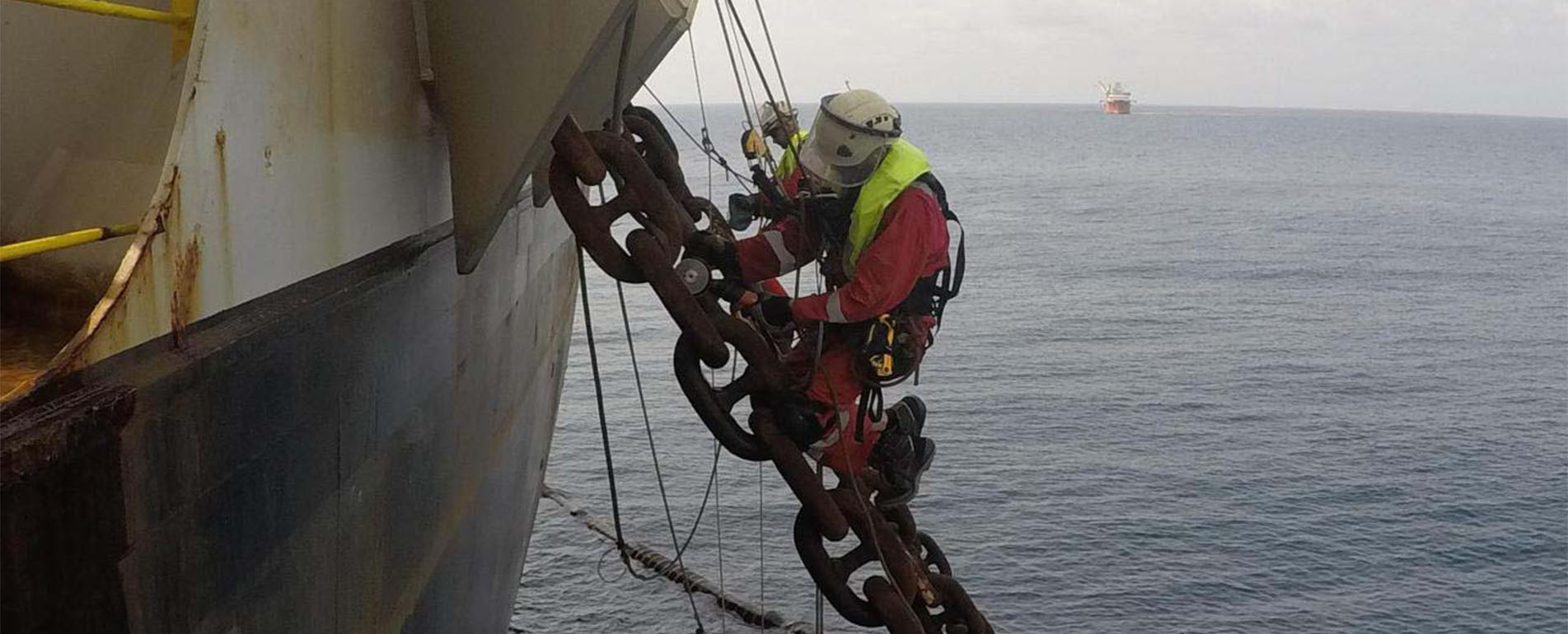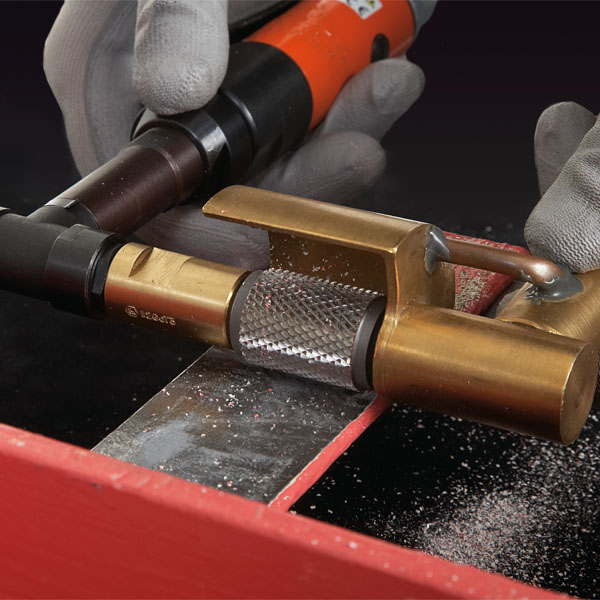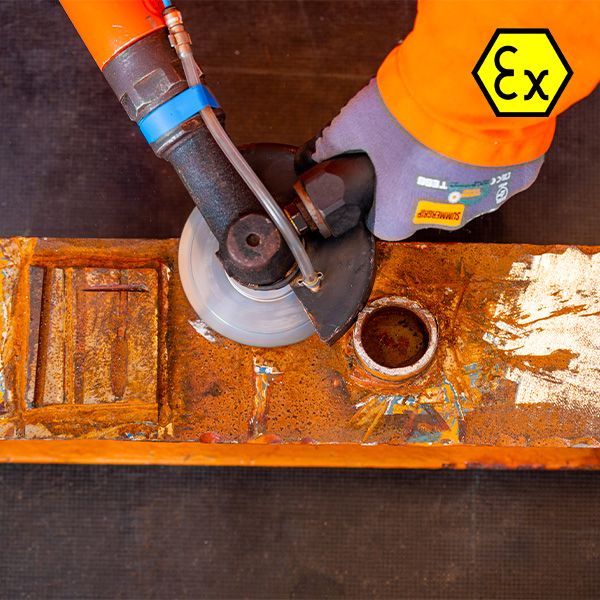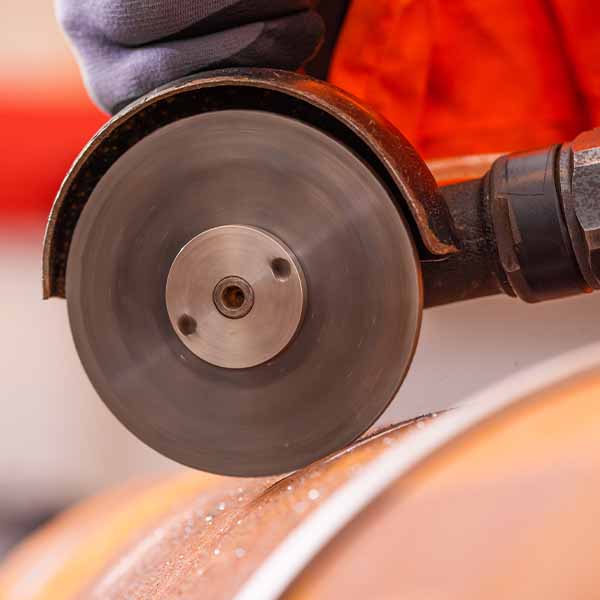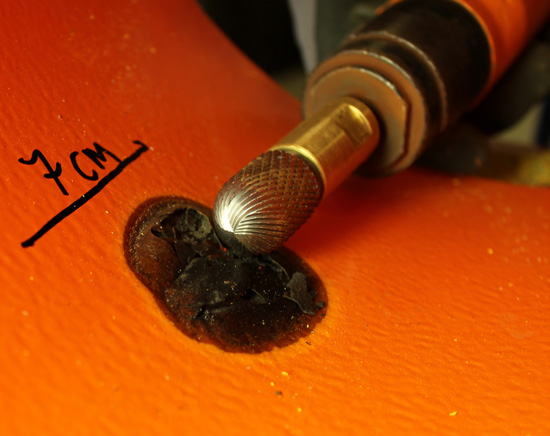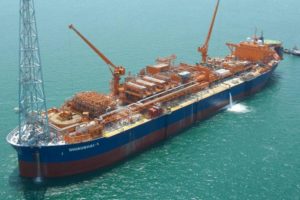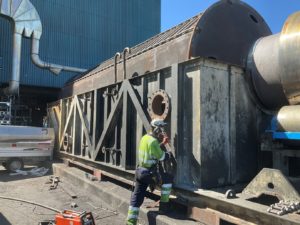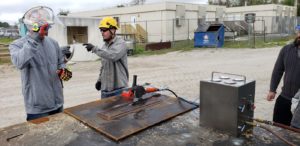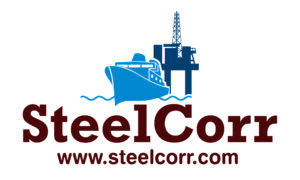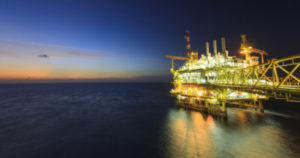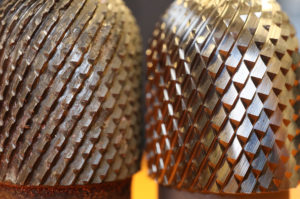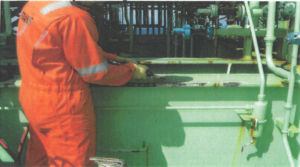New applications for surface preparation tools
The maintenance of wind turbines↵ becomes more and more relevant the further we move towards the green shift.
Everyone knows that wind turbines are exposed to extreme environments, especially offshore ones, which often have much larger dimensions than onshore wind turbines. Offshore wind turbines are also more exposed to the environment, as in wind, rain, lightning strikes, etc.
We know that conventional preparation methods are used when performing maintenance on wind turbines. Typically, we see traditional grinding tools and manual sanding of surfaces. This can contribute to very high emissions of toxins found in some paints. Typical preparation methods also do not collect fragments and paint. If this is done offshore, it falls directly into the sea or is blown away by the wind on onshore wind power plants. Thus transferring the particles and material to rivers and nature.
Emissions – Wind turbine maintenance
When maintenance is performed on wind turbines, large amounts of paint, carbon fibre, epoxy, and fibreglass are wasted. Often directly in the sea using conventional surface preparation tools. The same can be said for wind turbines on land, only that the paint and particles are spread out in nature.
Emissions generated using conventional surface preparation methods can be reduced and potentially removed entirely. This requires new advancements in technology and methods for surface preparation work.
The solution for this problem may already exist; we at Safety Tools Allmet are currently developing an add-on for our air machine A-0108. This means that we have the opportunity to collect most, if not all fragments and particles that are grinded off under maintenance.
Leading Edge
When we talk about “leading edge.” It is the foremost part of the wind turbine blade, the edge of the wing, and the part that first comes into contact with the environment. It is often called the wing blade.
Wear on wing blades – Offshore
The offshore environment is much more extreme than onshore when it comes to wind turbines. The forces that are out at sea can be brutal. This quickly erodes wind turbines, especially wing blades, leading to early leading edge damage.
New factory-made wind turbines have solid coatings that provide excellent and long-lasting protection, but efficiency can be reduced by up to 12% when this coating is worn. This often means that the power producer does not meet the production targets that have been set.
Wear on wing blades – Onshore
Onshore wind turbines are not as exposed to the environment as offshore wind turbines, but many factors are in effect here. Onshore wind turbines are much easier to perform maintenance on, often reducing maintenance costs. Still, many onshore wind turbines suffer from leading-edge damage.
Typical problem areas
(Hover here)
Turbine blade
- Bearings
- Blade rebuilding
- LEP (Leading Edge Protection)
(Hover here)
Nacelle
- Grip system installation
- Sealing gearbox panel
- Shaft rebuilding
- Weatherproof coatings
(Hover here)
Tower and Base
- Base sealing
- Bolt tensioning
- Ladder bonding
- Oil reservoir maintenance
- Transformer leaks
Wind turbine maintenance – New solutions
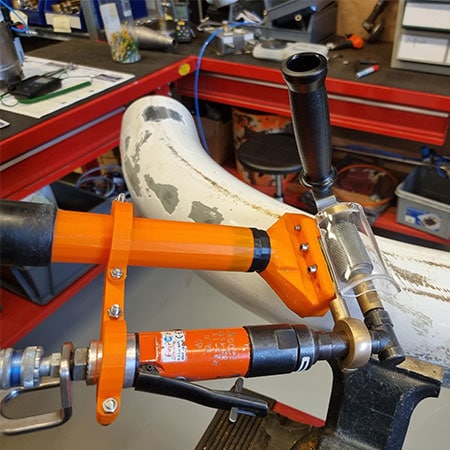
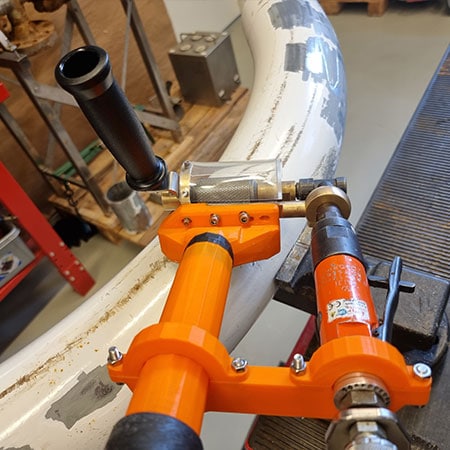
Pictures from the development of a vacuum cleaner function with our Rough Boy grinding file and angle grinder.
Testing done shows that we can collect almost every fragment that is removed!
Here is a new video displaying how the vacuum function works.
The efficiency of fragment collection is almost 100%! We are aiming for 100% collection when the project is completed.
This might be a revolutionizing method of collecting fragments when grinding in areas that require collection. Thus reducing the environmental effect when performing maintenance work on a wind turbine, onshore or offshore.
Safety Tools Allmet – Today / The future
Our Ex-certified tools today:
No need
– for hot work permits due to Ex-certification on tools
Great HSE benefits
– Low vibration, noise levels, no emissions of dust and isocyanates
Circular economy
– Re-sharpening and recycling of tungsten carbide
Avoid job postponements
– as the tool is safe to use, job delays are avoided
No need
– for expensive and time-consuming habitats. 100% Safe to use in Ex zones 1 and 2
No need
– for firefighters due to no risk of explosion
Simpler risk assessments
– due to no explosion risk and major HSE benefits
Avoid production shutdown!
The future, additional benefits:
More environmentally friendly
– No emissions in nature (Paint and toxins from paint/coatings)
Circular economy
– Re-sharpening and recycling of tungsten carbide
Safe to use
The proven technology in the oil and gas industry
Great HSE benefits
– Low vibration, noise levels, no emissions of dust, isocyanates, and fragments
No heat that destroys existing coatings
– due to cold work
Several alternative drive motors
– Air / Electric / Battery
Reduce maintenance costs
– Longer service life and faster work
100% of fragments were captured when grinding!
Health Safety and Environment – wind turbine maintenance
There is another way
Cold working tools from Safety Tools Allmet provide many HSE benefits, such as;
- No hot sparks. It does not damage the substrate and underlying paint/coating.
- Low heat. Heat varies from 30 ℃ to 60 ℃ for grinding on steel. You can immediately place your hand on the steel, even after a long period of grinding.
- Low vibration. Tested and approved for use over a typical workday. 7.5 hours
A great product to start with is our surface solution small. Perfect for removing paint and grinding steel.
Other articles
FPSO – Introduction and corrosion control
Spot Repair – Do conventional grinding discs hurt more than they heal?


